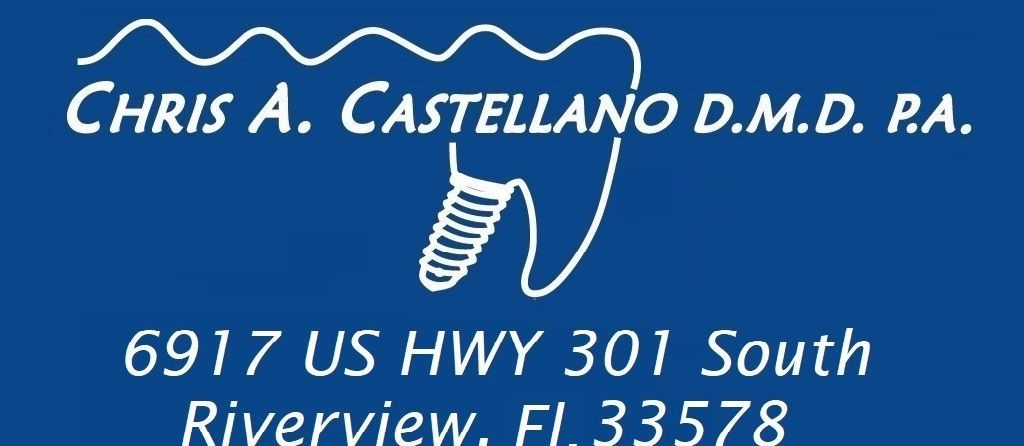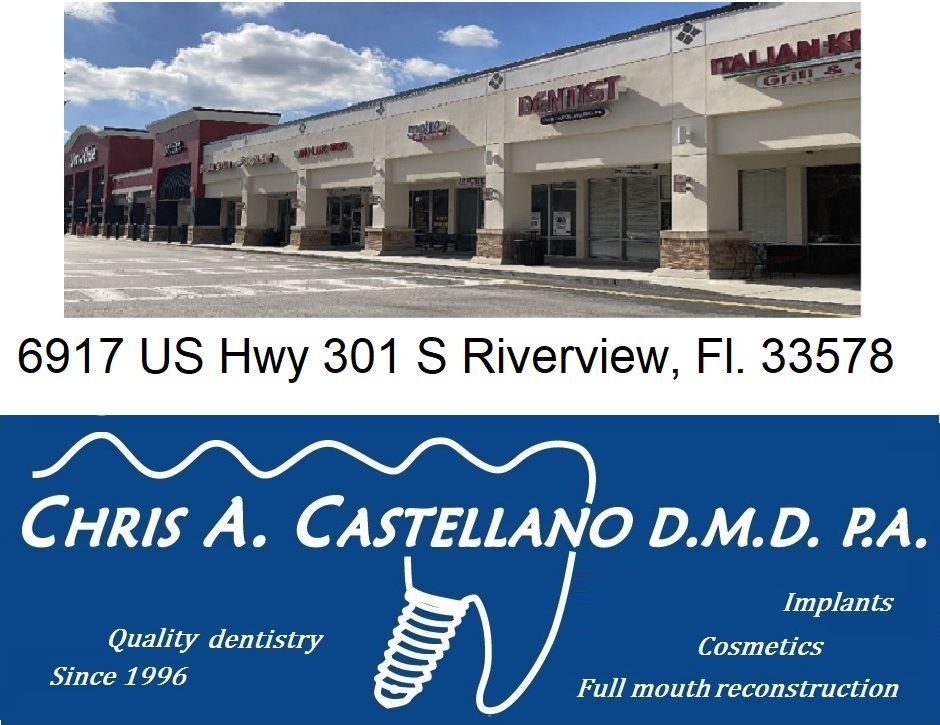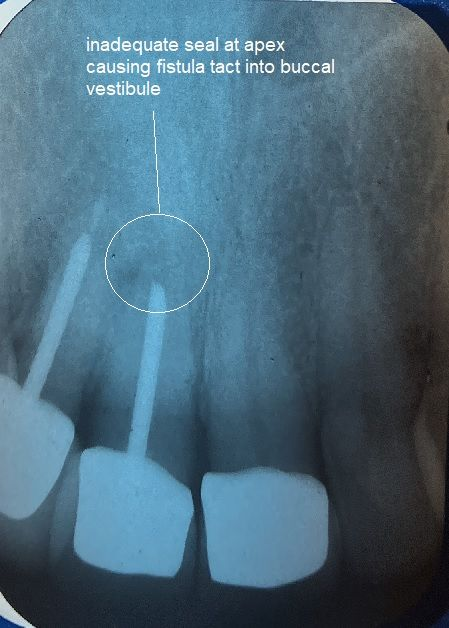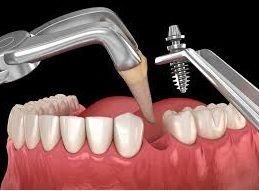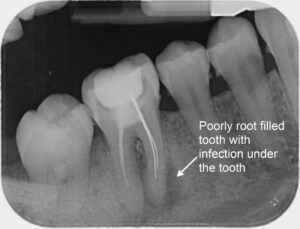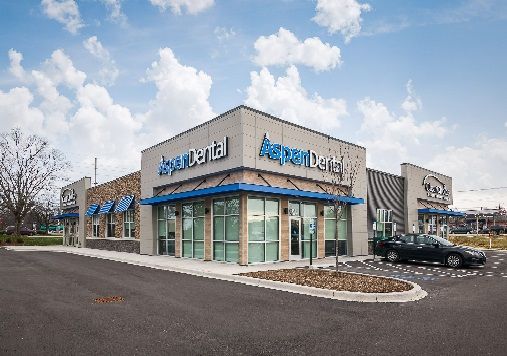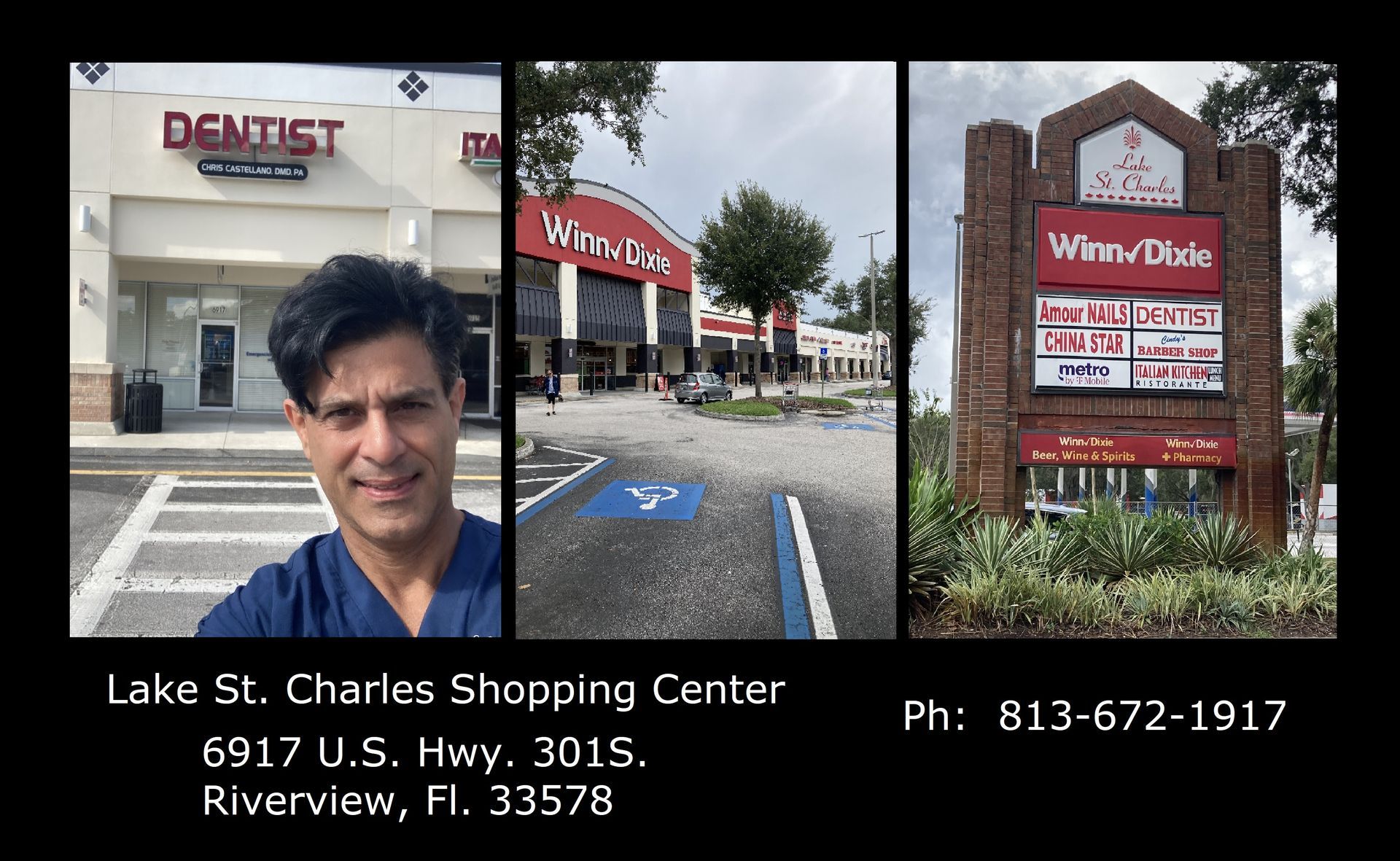Fixing broken clasps, snap attachments, keeper housings, and worn o-rings on dentures in Riverview, Fl.
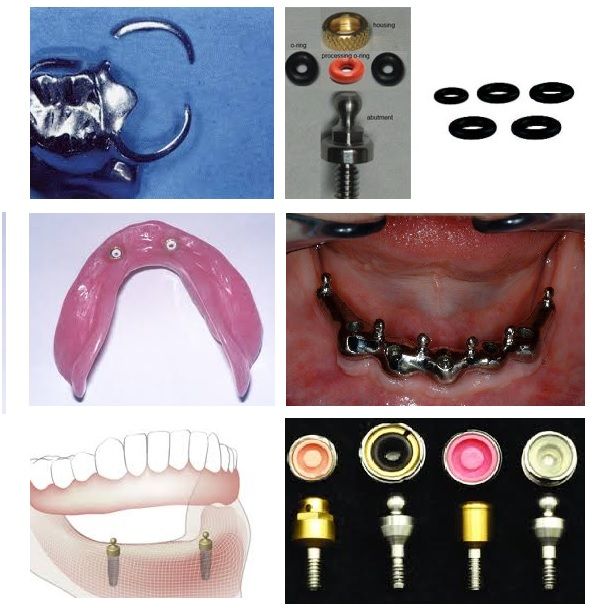
Is your partial or overdenture not staying in place? You might be dealing with a broken clasp, a worn O-ring, or a damaged snap attachment. These small components are critical to keeping your denture secure—but they wear out or break over time. At our Riverview dental office, we specialize in diagnosing and fixing these problems quickly, often the same day you walk in.
What are Common Causes of Loose Dentures or Partials?
- Broken Clasps: Metal clasps on partials can crack, bend, or fatigue with daily use.
- Worn O-Rings: Over time, the rubber-like O-rings on overdentures lose their grip and flexibility.
- Snap Attachments or Locators: When these fail, overdentures can pop off easily or feel unstable.
- Worn or Damaged Keepers: The metal part in the denture or implant abutment that secures the snap may wear down or detach.
What are the 4 Signs Your Denture Needs Repair?
- Partial denture moves when chewing or talking
- You hear “clicking” or feel looseness with overdentures
- The appliance no longer “snaps in” or holds firmly
- Visible damage to metal or plastic components
Denture Repair in Riverview
Our office provides:
- Replacement of O-rings and attachments
- Reshaping or replacing broken clasps
- Tightening or relining for better fit
- Fast walk-in service for urgent issues
Most minor repairs can be completed same-day, minimizing disruption to your routine.
